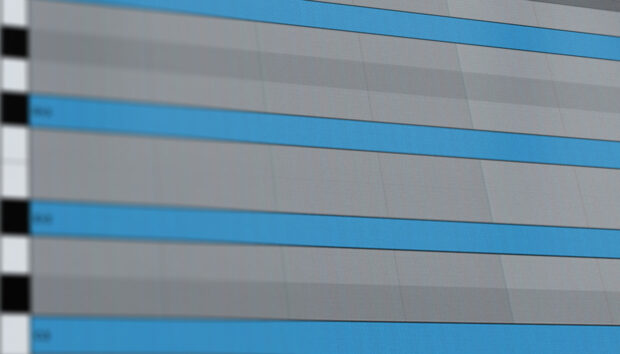
How is a piece of music actually made? What was the initial idea and how did that idea change before the track was finished? We asked Mala to take us through the process of producing ‘Kotos’, a track that was made using sounds and influences gathered in Peru, and released on the 2016 LP Mirrors.
It was during the beginning of making ‘Kotos’ that I met the Asociacion Juvenil Puno (AJP), who are well-known as a Sikuri lineup. Their instrument is the zampoña, a pan flute, and they’ve developed a certain style of playing it. The musicians have flutes of different sizes which they play alternately, instead of in unison. I was in Lima one morning and a friend called me up and said, “I just passed a Sikuri group in a market – you absolutely have to listen to it, it could be something for your record!” He then sent me a YouTube link, but it took nine months to find them. This style is so special, you won’t find this music just anywhere.
The music was originally from Puno, one of the highest points in the country. When I finally found the group, I was able to book them for a session at the EOG Studios in Lima. It was quite crowded in there, with 16 people! The zampoña players formed a circle, while a microphone shaped like a sphere was placed in the centre, with two more microphones in opposite corners of the room. The signal ran through a Neve pre-amp directly into a Mac Pro from 2010, where it was recorded with Pro Tools. They played for us for three to four hours – that’s how we got the source material for the track.
After I got back, we checked the material in a local studio, where I extracted the parts I wanted to use with Logic 9. I then followed the structure of the drum tracks, focusing on the material that the AJP musicians played for me. When I work with musicians, it is very important for me to allow the energy that is generated to show through in my music, maybe even more important than my own part. This is quite different from using a sample pack. Most of the time, I use Battery 4 by Native Instruments to program beats, using less of its processing, and to work more with my own samples. It’s wonderfully easy to change nuances of the pitch or tone – I like the flexibility the program gives you. I don’t work very often with 808 sounds, but in this case, the power of the 808 kickdrum just felt right because the track, as it developed, had no real bassline. The kickdrum therefore had to take on the function of the sub. There were also rimshots, a rainshaker that I bought in Peru, and some high and deep tom sounds.
It was really quite a challenge to make this beat. When I got the starting groove into a shape, I ran it for the first time in the arrangement. It was then that I realised how sensitive the tuning was. I had to try several things to preserve its natural essence. I think, generally speaking, it is more about the vibe and the groove than about the technical implementation. At the same time, however, obviously you have to invest in certain technical skills in order to breathe life into a production. I added additional reverb to certain percussion sounds and worked with more filters to achieve greater depth and add more harmonic structure and grain. The drums were recorded using a Studer plug-in from UAD, and an SPL transient designer. Plus, Marcos Mosquera, an Afro-Peruvian musician in the band Novalima also recorded a Landó pattern, as well as the Cajón, which you can hear in the second part when the ambient surfaces from the Minimoog Voyager are added.
The guitar sounds, which are rare for me, were also recorded in Peru. It’s a hugely important instrument there. We used equalizers a lot, which means we always had to decide whether the focus is more on the frequencies or the rhythm. Everything was programmed by hand. The pads actually only use two tones, created from Spectrasonics tools, which are intended to produce a kind of flowing effect, like clouds drifting in the sky. Like the whole album, the track was mixed on analog equipment by Werner Pensaert and myself at Linster studio in Luxembourg.
This article was originally published in Groove Magazine.















